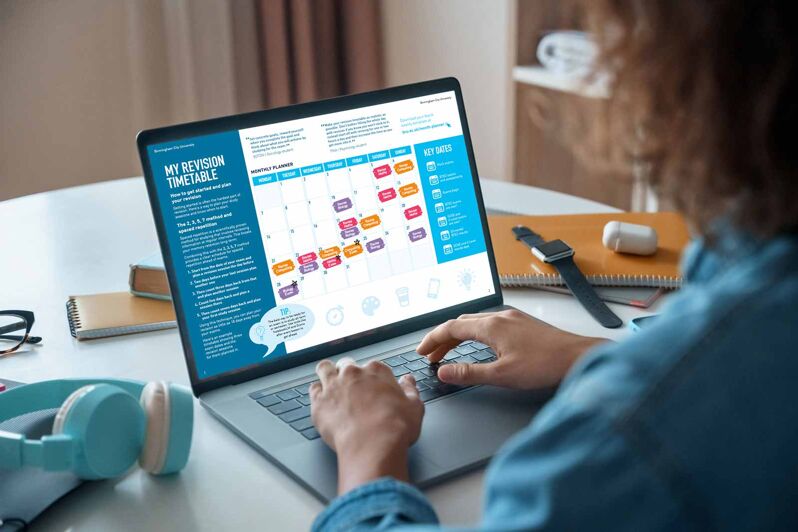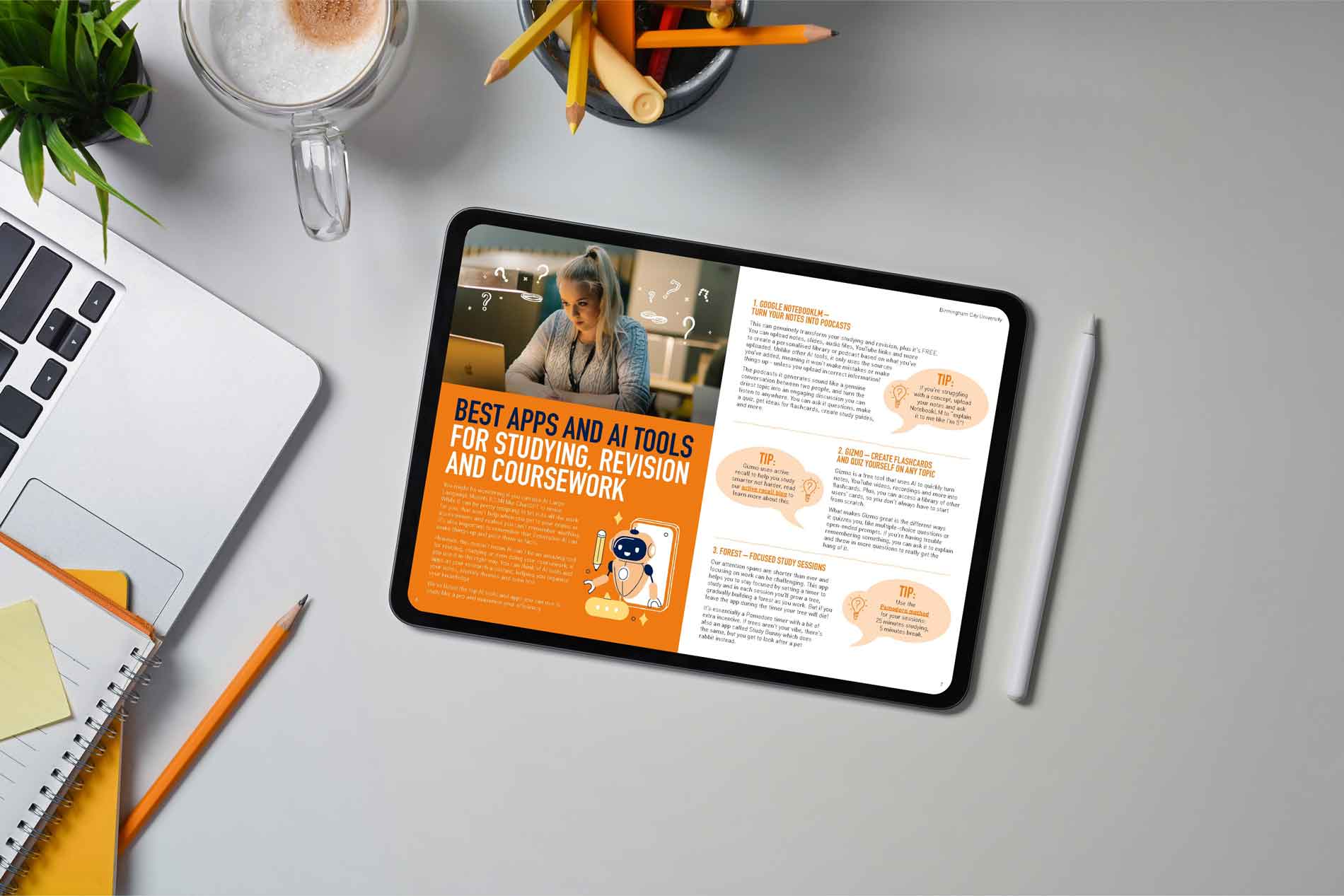As it gets closer to your exam date, you’re probably starting to wonder how you’re going to tackle all that revision, so here’s our handy guide to get your revision off to a flying start in five simple steps, no matter how soon your exams are.
Struggling with revision?
Get your FREE guide packed with expert study tips, a step-by-step timetable planner, essential AI learning tools, and more to smash your exams.
1) Prioritise and plan
What are you studying for and what's the date? Write this on a physical calendar and/or on your phone calendar.
Next, you need to prioritise your subjects to focus on the ones you struggle with and need a little bit more revision. We all know which subjects we prefer and which ones we dread studying. The trick is to take the subjects you really don’t like and spend a bit more time on them as they’re likely to be the subjects that trip you up.
2) What do you need to learn?
Find out your awarding body (Pearson, Edexcel, OCR etc.) and the name of your qualification then look up the specification or mark scheme. This will tell you exactly what you’re being assessed on and what you need to know.
Go through this and identify the topics you know well and could answer questions on, topics you understand but couldn't answer in-depth, and finally, topics you'd have no idea how to answer in the exam. Now, you’ll have a list of topics for each subject and an idea of what you need to focus on.
If you don't have much time left before your exam, then doing a past paper is the quickest way to identify your knowledge gaps. Answer every single question as best as you can but make a note of the questions you struggle with. Then mark yourself and revisit the questions you struggled with. See if you were close with your answers and from that you’ll be able to tell what you need to improve on.
3) Put the plan into action
Using your list of topics, create a revision timetable. Start with the topics you struggle with and plan extra sessions for these. Make a timetable or find a template online, like the one we’ve made here.
A great way to make sure you’re revising at the right times and can fit everything in before the exam is to use the 2357 method, meaning you can effectively revise, even if you only have a few weeks to fit it all in! See our guide on how to use the 2357 method to plan revision sessions that will help improve your memory.
4) Try a few different study methods
Check our list of the best revision techniques to get started using methods such as Blurting and the Feynman Technique, everyone learns differently, so it's important to find the right method for you.
If you struggle to concentrate then watch our video on how to revise with ADHD, or try an app like Forest or Study Bunny.
5) Get going
Use whatever revision method works for you, put your phone away and focus. Remember that you don’t need to concentrate for hours on end to see the best results, in fact, taking short breaks using the Pomodoro Technique improves focus and stops you from becoming overwhelmed with too much information.
Good luck!
Don’t forget to plan in time to complete timed practice exam papers and mark yourself. This is the best way to see how your revision is coming along and focus on the areas that need the most work.






